Measuring Electrical Current: A Brief History

Humans have measured electrical current in one way, shape, or form for hundreds of years. Almost as long as we’ve used it to power our civilisations.
Naturally, technology has continued to progress over the last four centuries.
And, since the invention of the first battery in the 1600s, to today’s complex and interconnected world, the way we transmit and measure electrical current has changed, too.
One of the first discoveries was telegraphy, which gave rise to the telegraph, one of the most effective communication systems of the age.
![]()
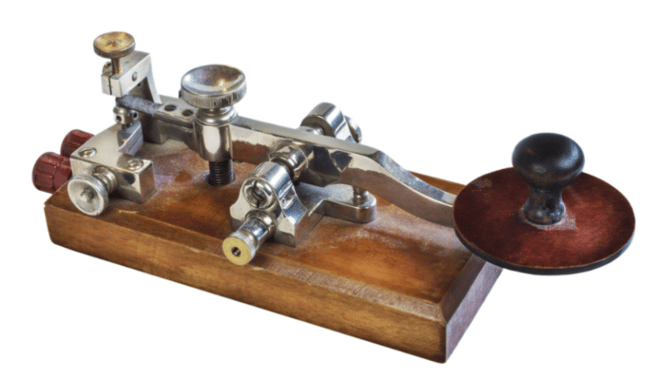
Telegraphy: “the science or practice of using or constructing communication systems to transmit or reproduce information.”
![]()
With some creative thinking, telegraphy also became a binary way to measure electrical current, using a buzzer to indicate the current flow. Most electrical devices inadvertently indicate their current flow in operation, sometimes with high resolution.
However, it wasn't until 1884 that the specialised ammeter (current meter), originally known as the galvanometer, was introduced by Austrian engineer Friedrich Drexler. An invention closely followed in 1888 by the first voltmeter.
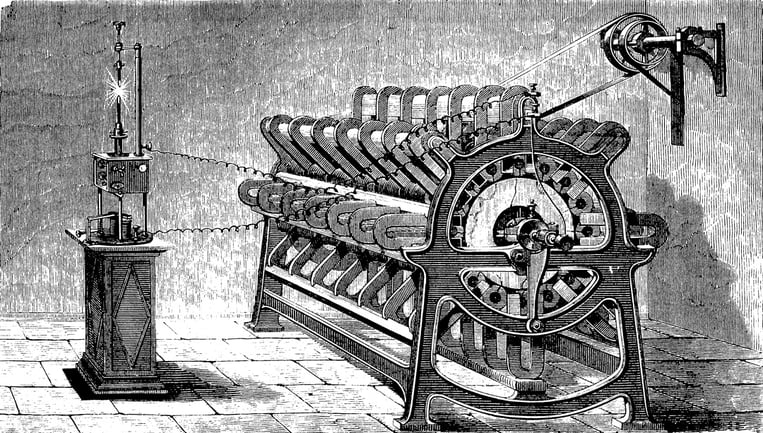
The Power of Currency
Today, thankfully, we have the multimeter, combining the functionality of a voltmeter and ammeter with various other valuable metrics.
In the early days, each was an individual and cumbersome instrument. And, despite the widespread awareness of electromagnetism after its discovery in 1820, early current measurement devices were bulky yet delicate instruments often confined to laboratory settings.
Around the same time, electricity demand from industry became the catalyst for significant progress in current, voltage, and power measurement technology. Accurately determining power consumption became vital, as one needed to know how much electricity to bill for.
Naturally, however, it didn’t take long for scientists and entrepreneurs to develop Instruments dedicated to solving this problem, introducing the world to a new age of precise voltage and current measurement.
Metering electricity also provided an additional benefit: the ability to diagnose and troubleshoot circuits.
![]()
There were four main classes of ammeter or galvanometer initially used, including:
Electrodynamic, Moving Iron, Hot Wire, Moving Coil
![]()
Except for the Hot Wire ammeter, which heats wire to a temperature proportional to the current flow, most popular early ammeters were based on the principles of electromagnetism.
If it helps, you can think of these as stationary electric motors that generate a torque proportional to the current flow.
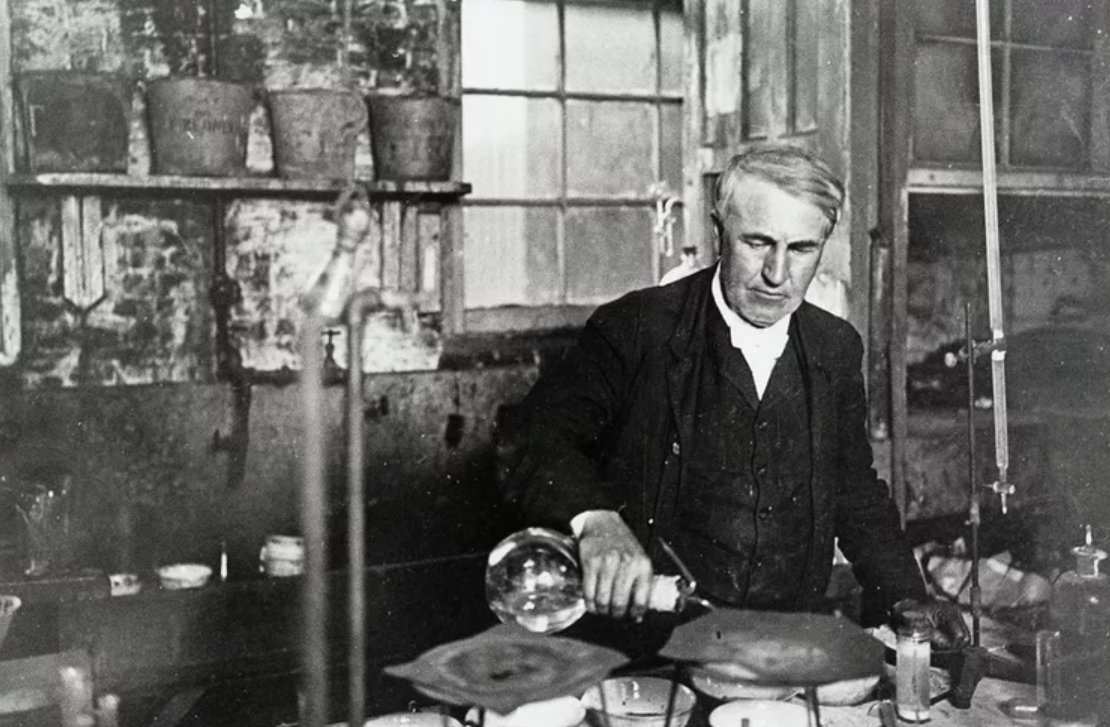
Exploring a Wired and Wonderful World
Other variants of electricity flow meters also existed at the time, some ingenious and some convoluted. One particularly intriguing example was the electrolytic chemical meter, pioneered by Edison in 1881.
This device operated on the principles of electrochemistry, measuring the weight of copper deposited electrolytically in response to current flow. In essence, it electroplated and then measured the amount of metal to measure electricity usage.
In industrial environments, however, where voltage remains fixed, this tends to be of less concern. Consequently, even today, most voltmeters indirectly measure voltage via current measurement.
We can infer voltage via Ohm's law, inserting a small known resistance and using a galvanometer.
Once voltage and current are known, power is calculated using Joule's law, where power equals the square of the current multiplied by resistance.
As anyone who has ever received a static shock can attest, direct voltage measurement is also possible. However, building a practical and portable voltmeter on this principle took time until innovations featuring advanced electronic components arrived.
Looking in my electricity distribution box at home, I’m struck by how little electricity metering has changed since the early days of electrification.
The wattmeter at my home is effectively the same device used in 1914!
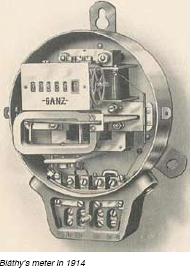
Bringing Metering into the Modern World
Manufacturers and utility companies have collaborated since the early days of electricity metering.
In 1910, the ANSI C12 Code marked the first related standard, highlighting the scientific and technical foundation of metering alongside its significant commercial aspects.
Two decades later, in 1931, the earliest IEC standard for metering, Publication 43, was introduced. A standard that persists in modern metering thanks to its high accuracy across a wide range of currents, supported by historical documents dating back to 1914.
IEC 43:1931 offered a level of precision still sufficient for most residential uses today, including in static meters.
While technology continues to advance, electricity metering has mostly stayed the same.
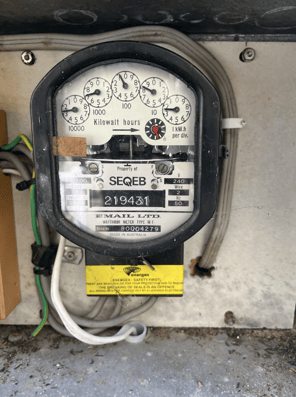
Of course, Incremental improvement has been made over time, thankfully making the challenges of measuring current and electromagnetic principles a little easier.
That's all for now! In the following article, we’ll discuss progress in current measurement, advances in electronic components and the shift to digital technology!
![]()

